Milling your own flour is a big step towards better health. When we decided to change our eating habits I was skeptical would we stick with it. This is what I considered, the mill had to be easy to use, not huge in size since my kitchen is not that large and the clean up had to be simple. The cost was a consideration but if it was not convenient and easy to use it did not matter what it cost. Milling fresh flour was a decision that I don't regret and we would never go back to eating processed flour it has changed our lives and health for the better.
There are basically 2 type of mills:
1. Hand Mill
There are some fine hand mills on the market and to be frank they are pricy, a couple of hundred dollars but they will mill excellent flour and oily products like nuts. Now if you are into toned arms and have endless hours to make your baked good this might be the perfect option of you. What I have found from friends that bought a hand mill is they have no energy left to bake bread after milling the flour. I will say their arms are in better shape than mine will ever be.
2. Electric Mill
Electric mills are wonderful machines and there are a variety of options and price ranges. You need to ask yourself; are you only going to be milling grain, or are you interested in milling corn, beans and your own peanut butter. This decision will make a difference in what type of mill you are going to buy.
Impact Mill
These have 2 flat stainless steel heads with concentric rows of "teeth" that spin at a high speed. When the grain drops into the mill it's hammered into flour. These mills are very fast, efficient and do a great job. My first mill was an impact type mill but they will not handle oily products or larger grains like corn or beans. So if your only going to do smaller grains like wheat this type of mill will work for you.
Burr or Stone Mill
These are the most common. They have two grinding plates, one fixed and the other rotated by a power source. The grain is fed into a gap between the burrs, which are grooved to aid the shearing and crushing of the grain. Composite stone burrs are constructed by pressing natural or artificial stones (and sometimes metal cutting blades) in a bed of cement. Metal burrs/plates, some of which are flat and some cone-shaped, are constructed of hardened cast steel or other metal. Basically, stone burrs tend to crush the grain, and metal burrs tend to break and shear it. Currently I use a stone mill, it will mill anything that I want to mill from grain, corn to beans. It's fast, easily cleaned but it's larger than my impact mill the trade off is worth it. I have my mill on a rolling file cabinet so all I do is roll it to the kitchen to mill. Now I mill more than the average person since I sell flour to others.
There are basically 2 type of mills:
1. Hand Mill
There are some fine hand mills on the market and to be frank they are pricy, a couple of hundred dollars but they will mill excellent flour and oily products like nuts. Now if you are into toned arms and have endless hours to make your baked good this might be the perfect option of you. What I have found from friends that bought a hand mill is they have no energy left to bake bread after milling the flour. I will say their arms are in better shape than mine will ever be.
2. Electric Mill
Electric mills are wonderful machines and there are a variety of options and price ranges. You need to ask yourself; are you only going to be milling grain, or are you interested in milling corn, beans and your own peanut butter. This decision will make a difference in what type of mill you are going to buy.
Impact Mill
These have 2 flat stainless steel heads with concentric rows of "teeth" that spin at a high speed. When the grain drops into the mill it's hammered into flour. These mills are very fast, efficient and do a great job. My first mill was an impact type mill but they will not handle oily products or larger grains like corn or beans. So if your only going to do smaller grains like wheat this type of mill will work for you.
Burr or Stone Mill
These are the most common. They have two grinding plates, one fixed and the other rotated by a power source. The grain is fed into a gap between the burrs, which are grooved to aid the shearing and crushing of the grain. Composite stone burrs are constructed by pressing natural or artificial stones (and sometimes metal cutting blades) in a bed of cement. Metal burrs/plates, some of which are flat and some cone-shaped, are constructed of hardened cast steel or other metal. Basically, stone burrs tend to crush the grain, and metal burrs tend to break and shear it. Currently I use a stone mill, it will mill anything that I want to mill from grain, corn to beans. It's fast, easily cleaned but it's larger than my impact mill the trade off is worth it. I have my mill on a rolling file cabinet so all I do is roll it to the kitchen to mill. Now I mill more than the average person since I sell flour to others.
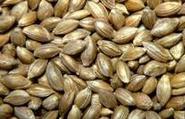
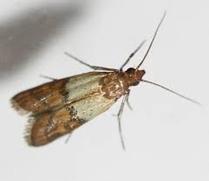
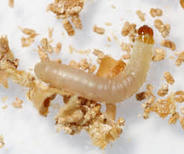
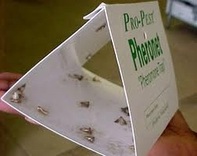
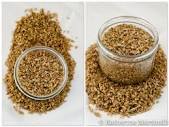
 RSS Feed
RSS Feed
